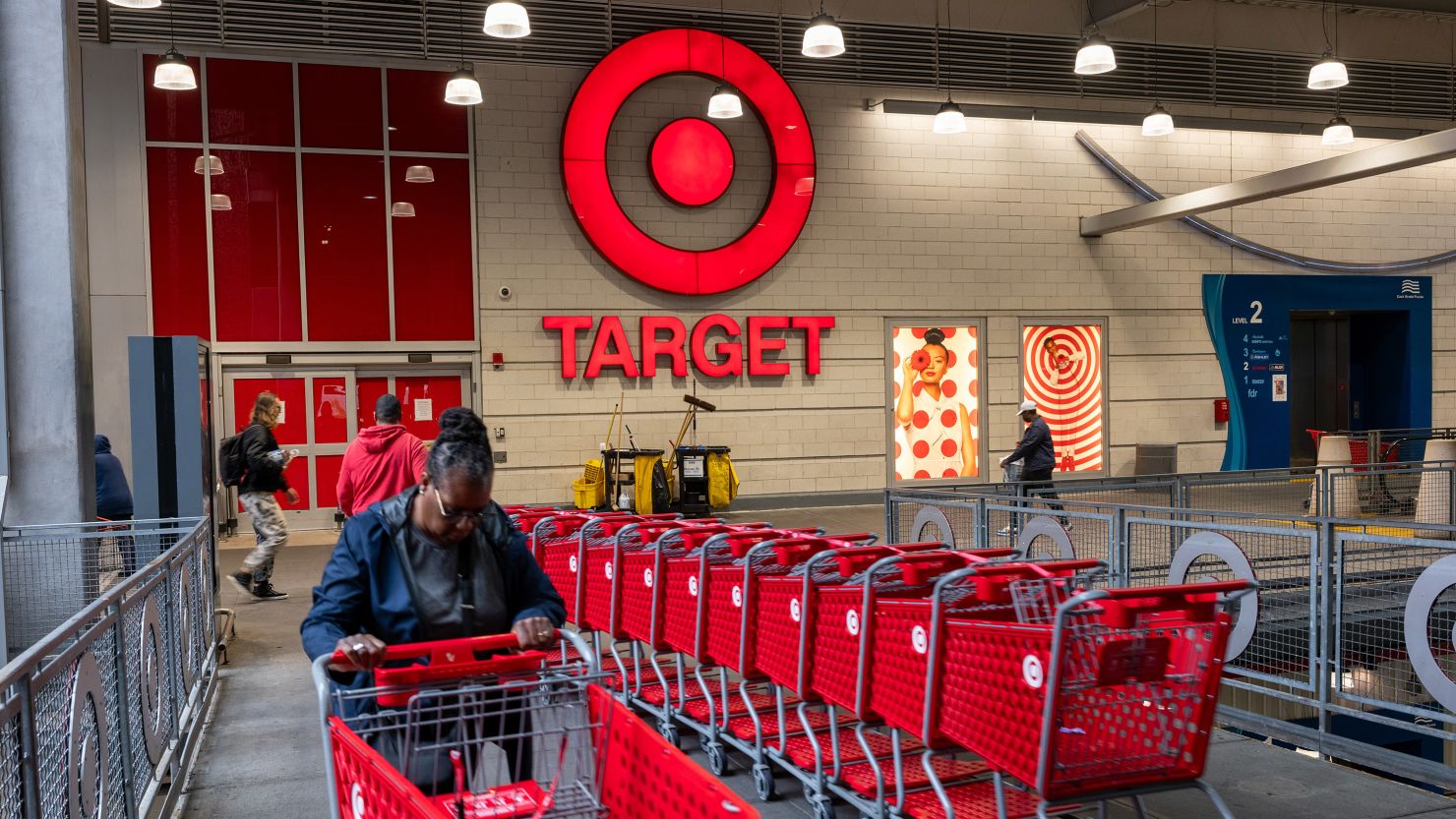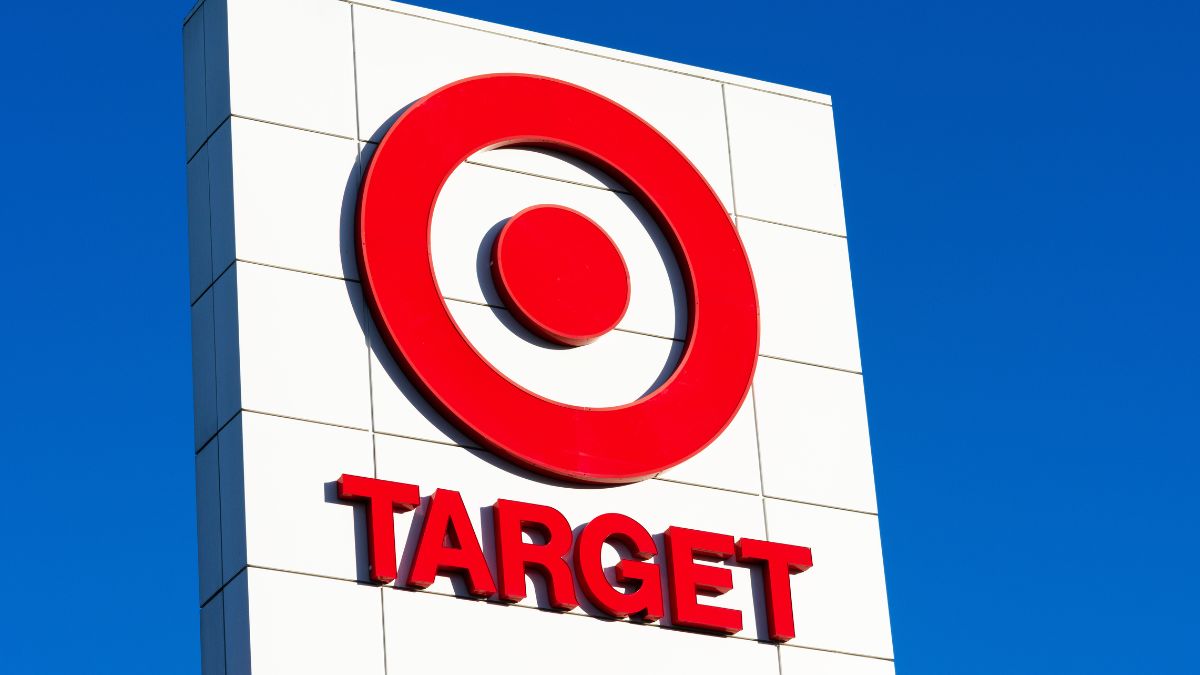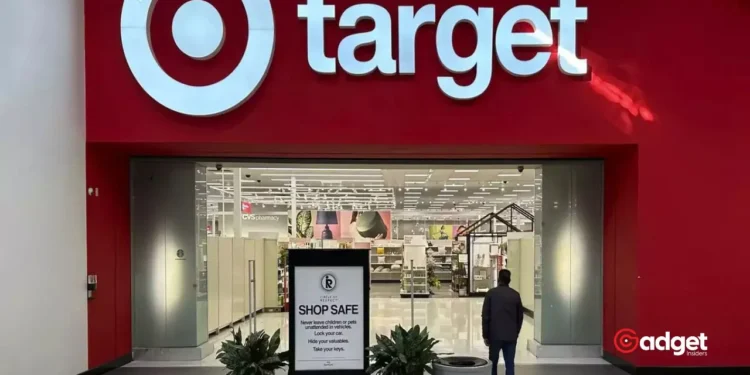As wallets tighten and price tags loom larger in the minds of shoppers, Target has taken a significant step to alleviate the burden of inflation by slashing prices on thousands of everyday items. This move is part of a broader trend among retailers to keep customers engaged and spending, despite economic uncertainties.

A Relief in the Aisles
From the fresh produce that brightens up our shopping carts to the essential items that fill our pantries, Target’s aggressive price reduction strategy covers a wide array of goods. Already, prices have been cut on 1,500 products, with plans to extend these discounts to a total of 5,000 food, drink, and household items as the summer progresses.
The scope of these reductions is vast, encompassing both national brands and company-owned labels. This strategy not only promises more affordable shopping trips but also intensifies the competition among big retailers who are all vying for the attention of budget-conscious consumers.
The Timing of Target’s Discounts
This initiative couldn’t come at a more crucial time. Inflation has taken a stubborn hold in early 2024, defying expectations of a downturn. After a hopeful decrease in the latter half of 2023, the first quarter of this year saw inflation rates climbing, dashing hopes that the worst inflationary period in four decades might be behind us.
As families across America adjust their budgets, the timing of Target’s price cuts is both strategic and consumer-friendly, offering some relief against the backdrop of rising prices elsewhere in the economy.

Competitive Landscape
Target is not alone in its quest to draw in customers through lower prices. Aldi recently announced cuts on summer staples such as picnic and BBQ essentials, while McDonald’s is set to introduce a $5 meal deal next month in response to sluggish sales and growing customer discontent with rising costs.
Moreover, earlier this year, Target unveiled its Dealworthy brand collection, featuring nearly 400 basic items. This collection includes a range of products from clothing to electronics, with many items priced under $10 and some even less than $1, showcasing Target’s commitment to affordability.

Conclusion: More Than Just Savings
Target’s price reduction strategy is more than a temporary promotion; it’s a significant pivot in how retailers are responding to a changing economic landscape. By offering substantial savings on essential goods, Target is not only bolstering its market position but also providing tangible benefits to consumers who need it most during these inflationary times.
As we move further into 2024, the effectiveness of such strategies will be a key indicator of how well retailers can adapt to ongoing economic challenges while maintaining customer loyalty and trust.










